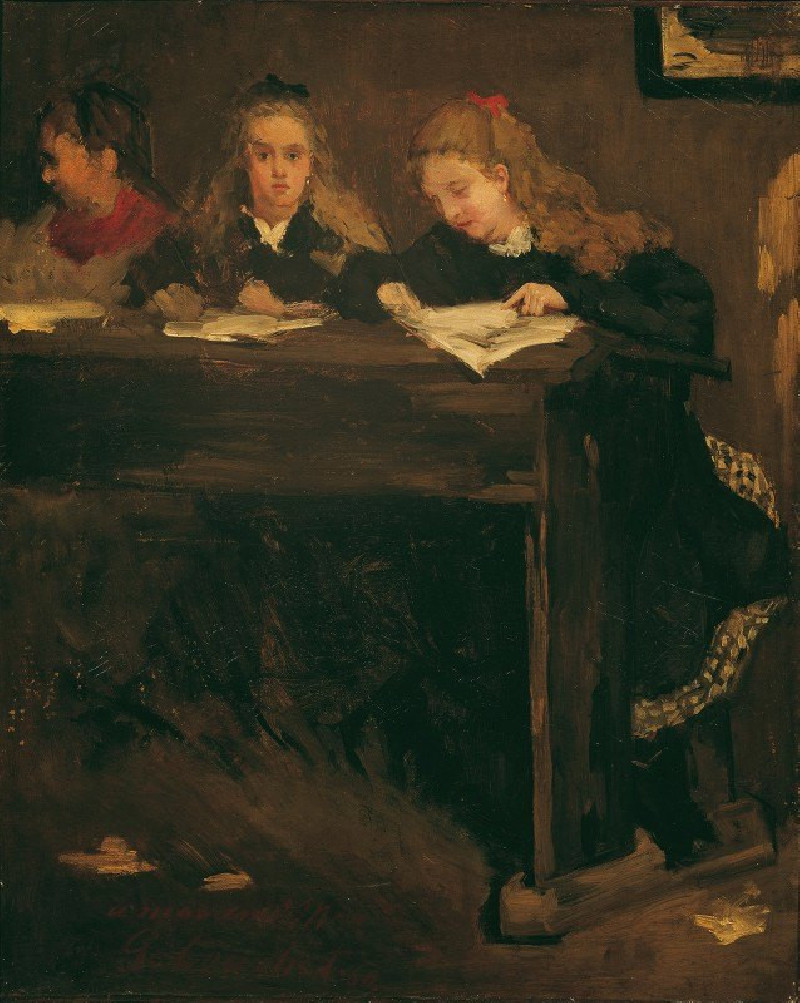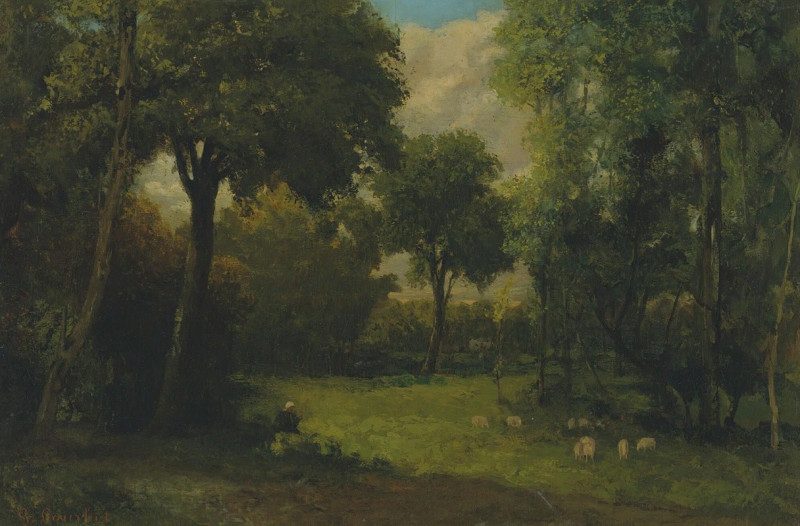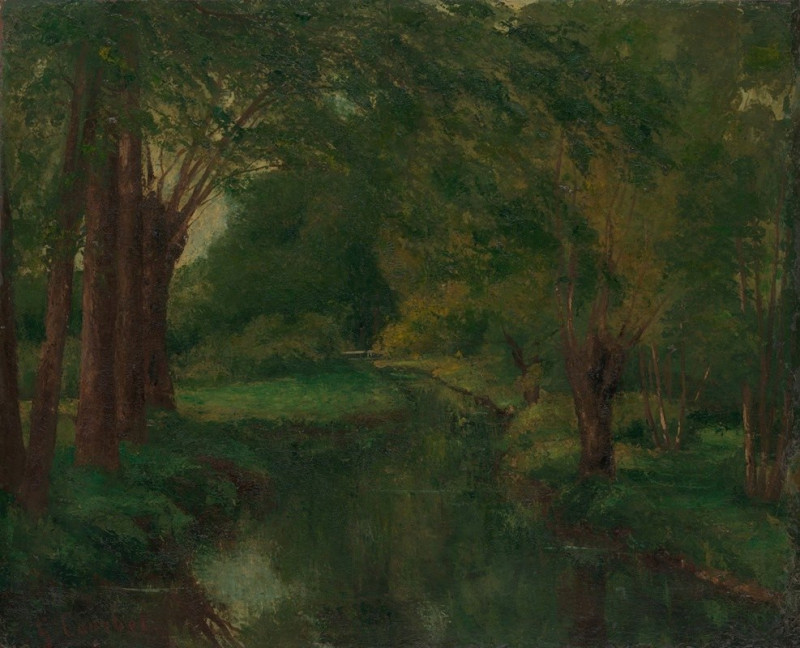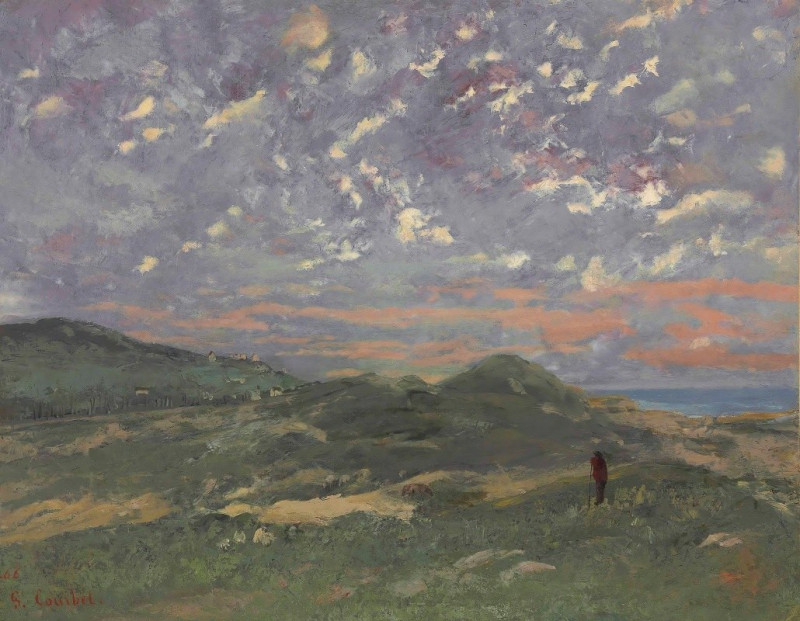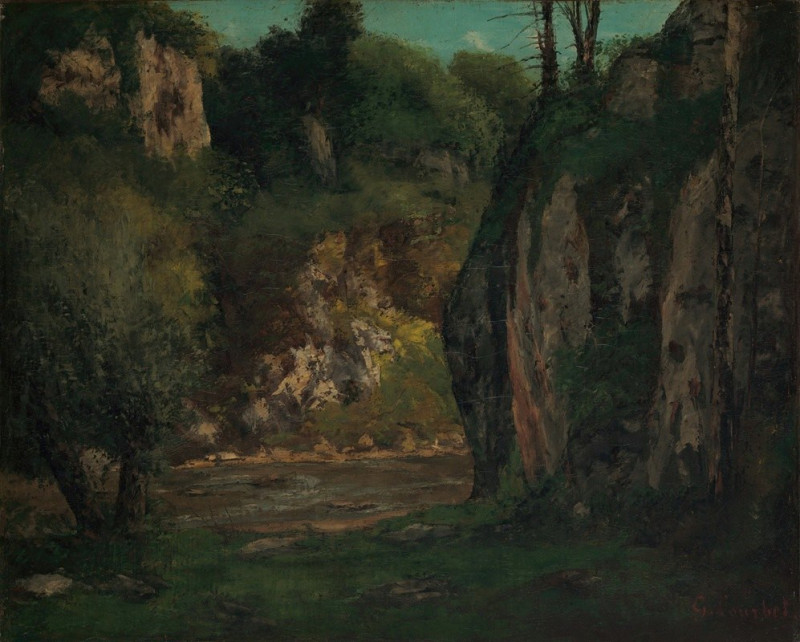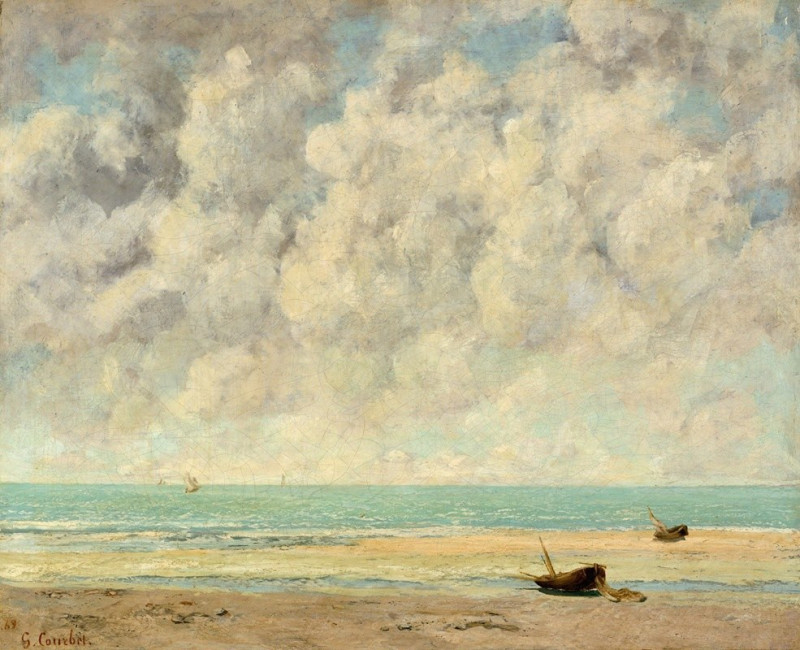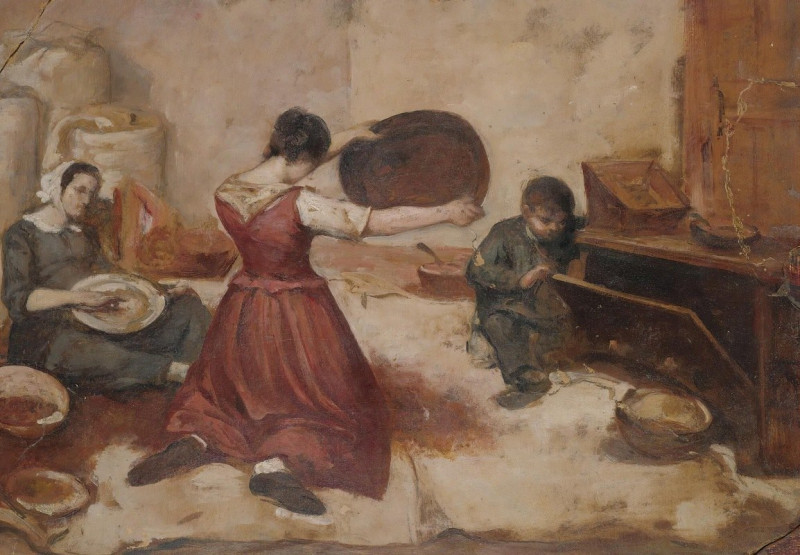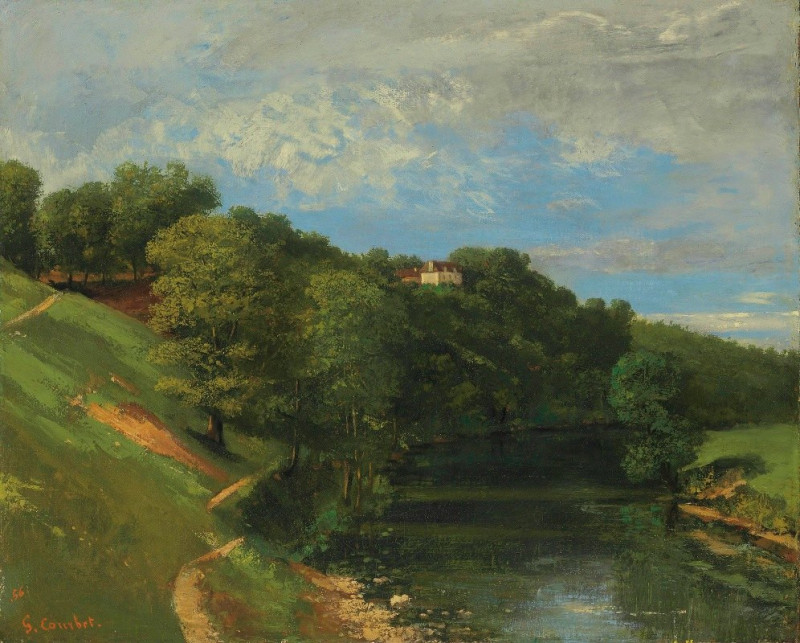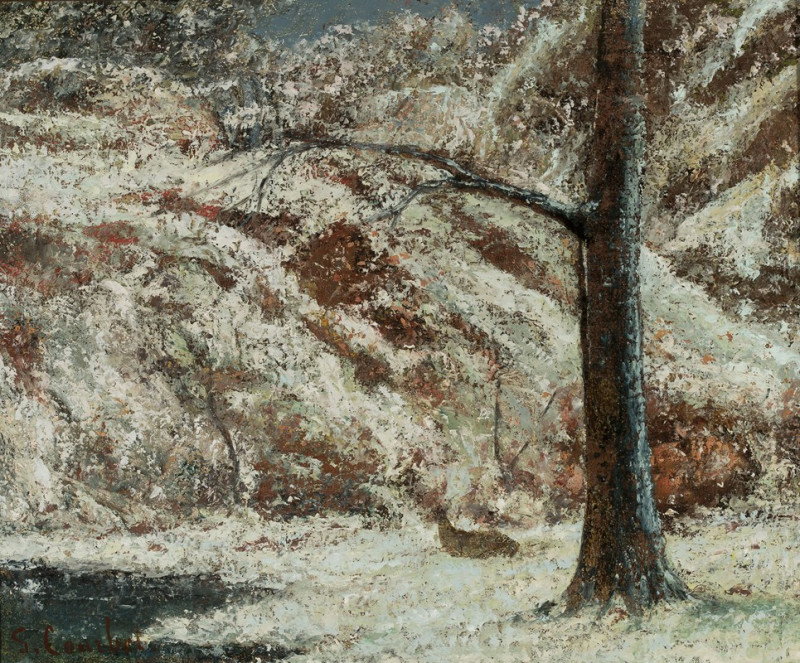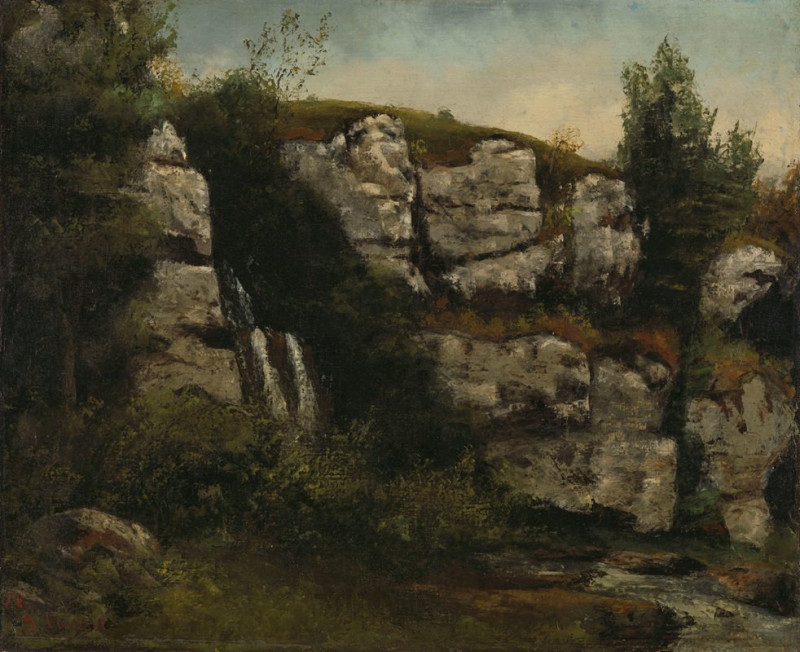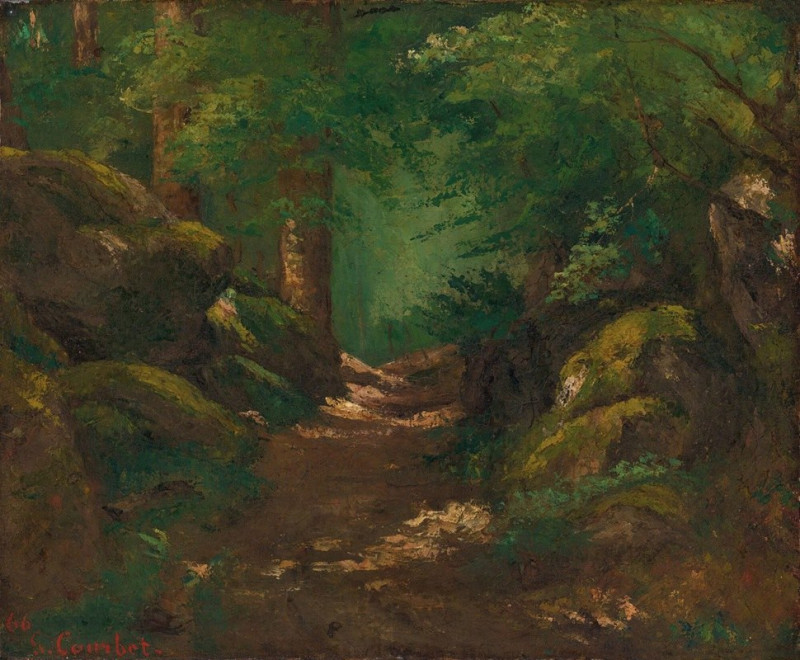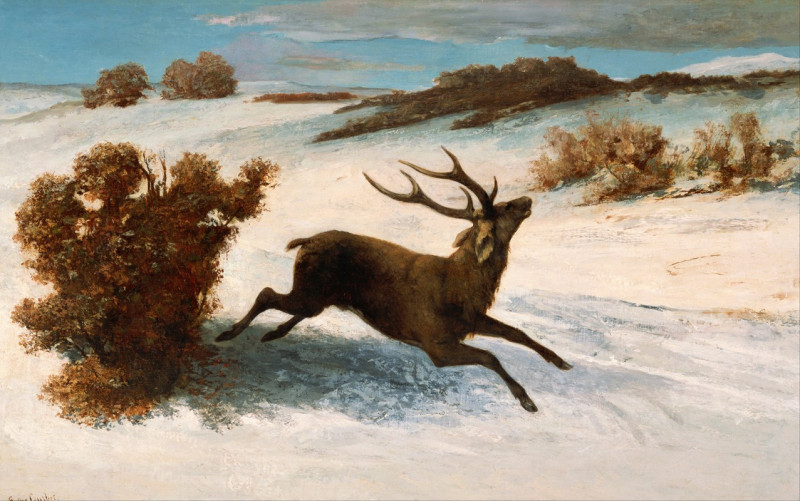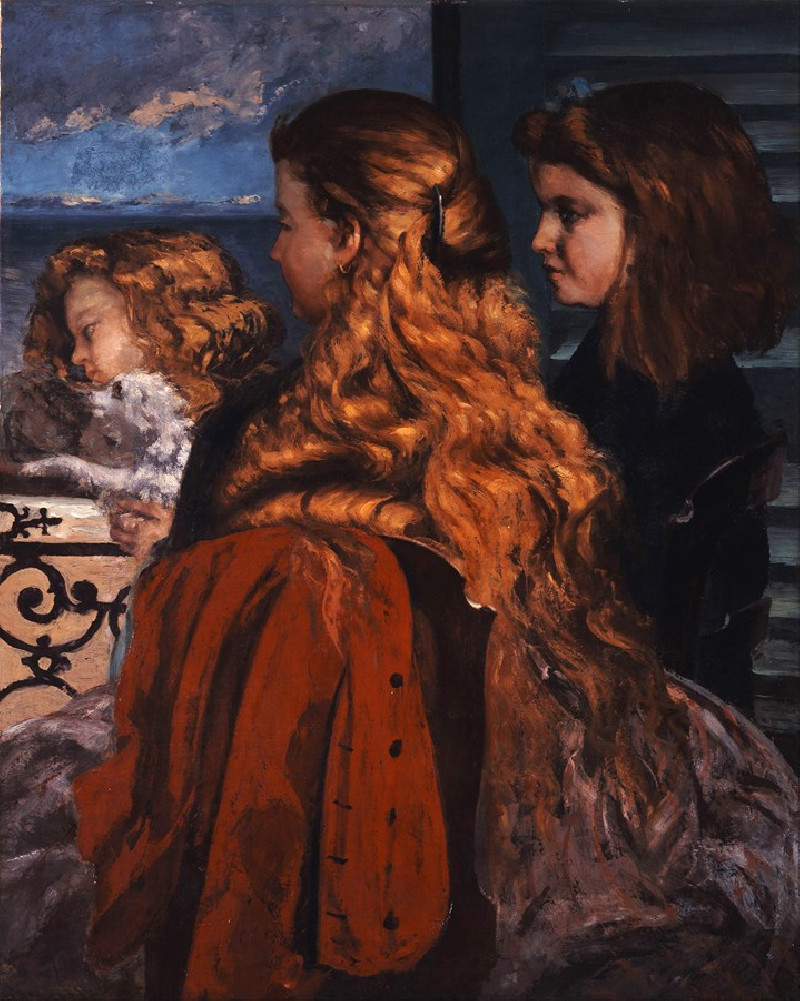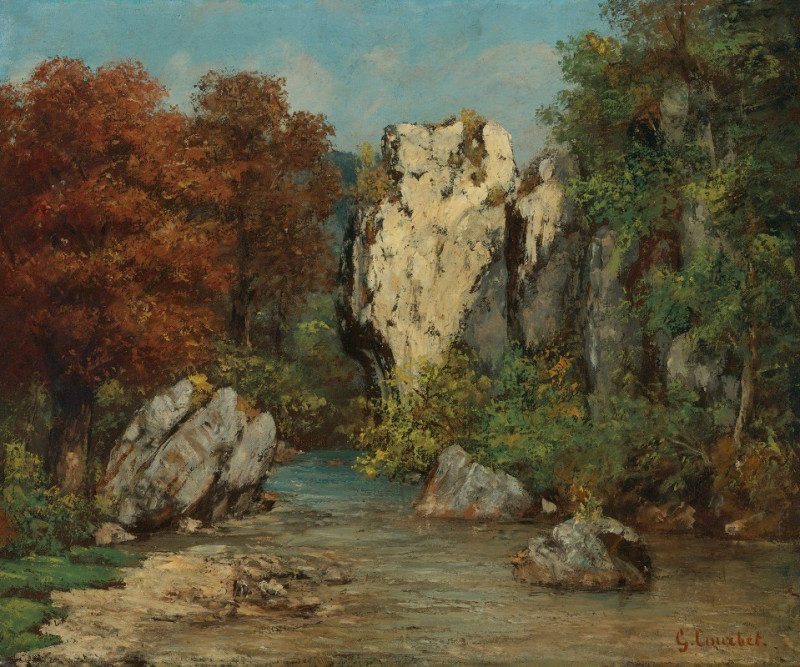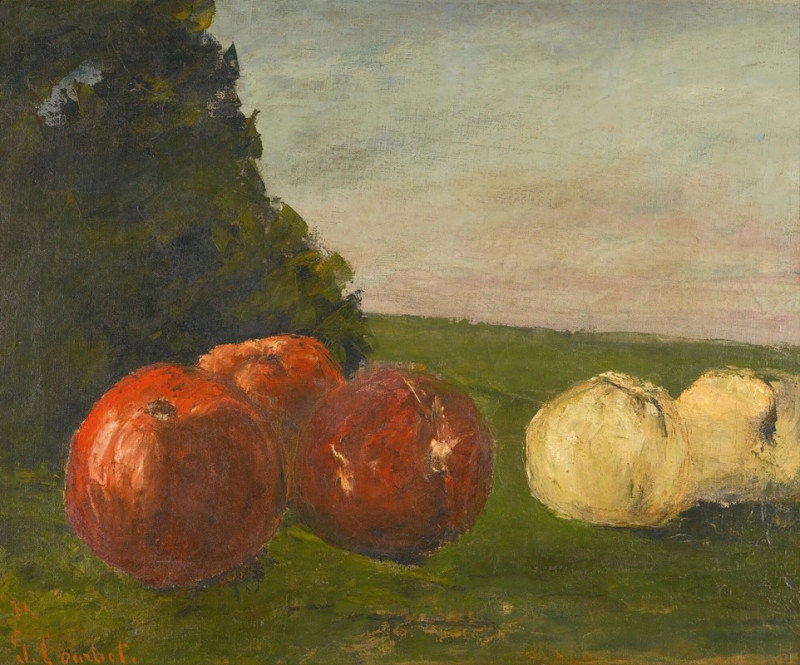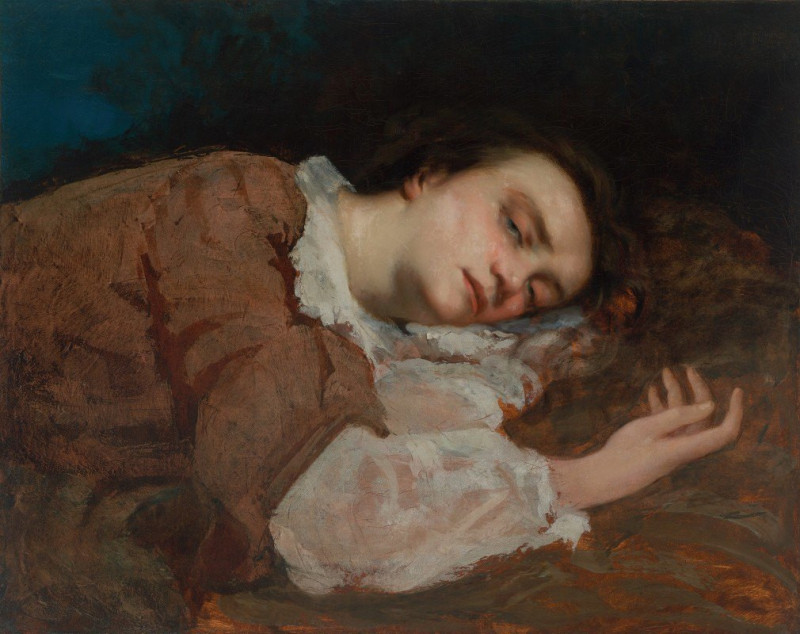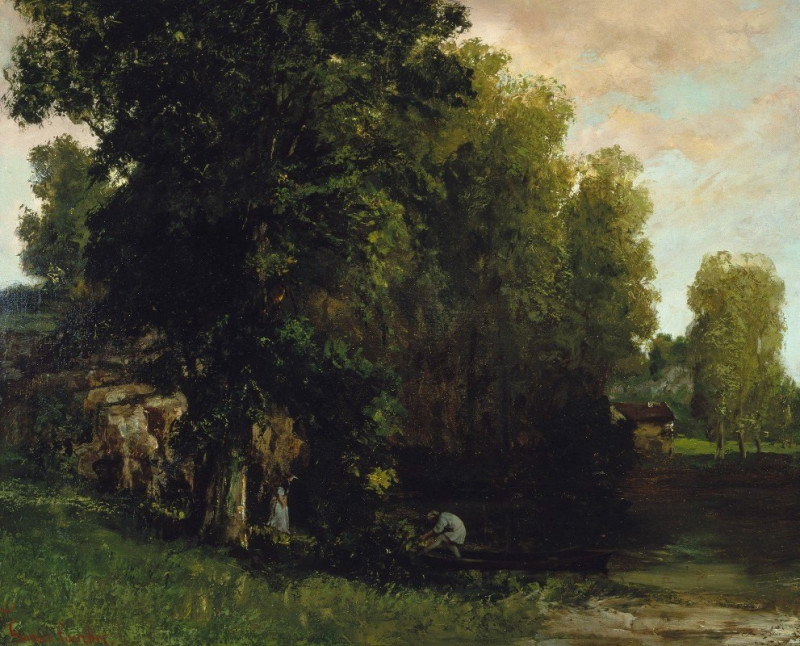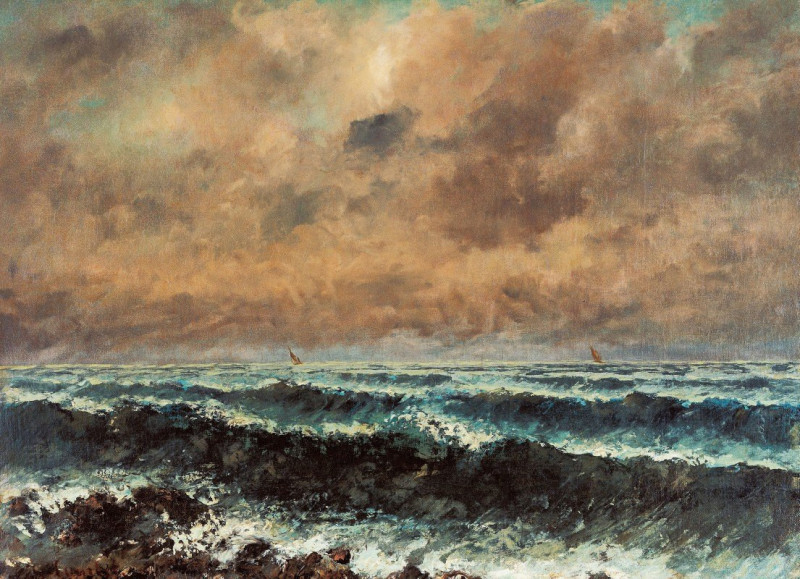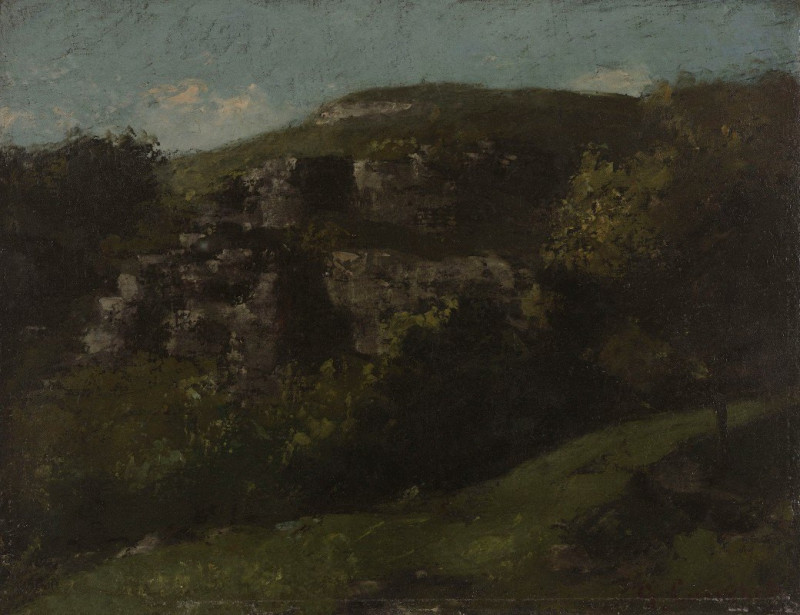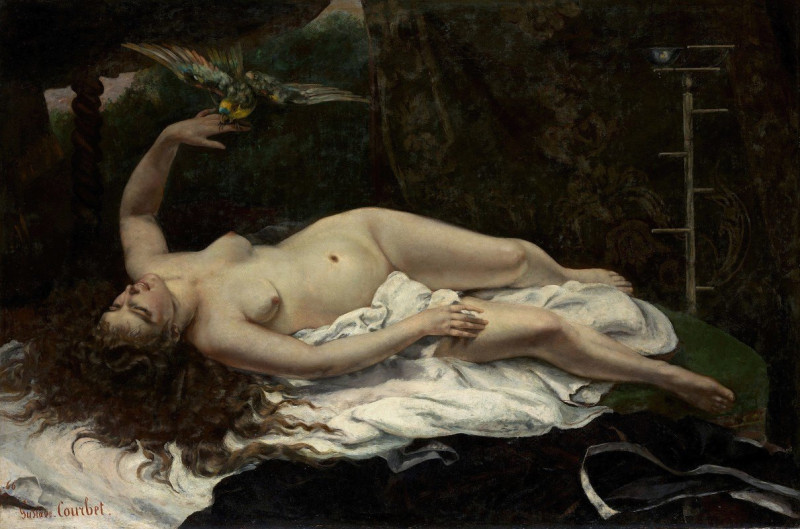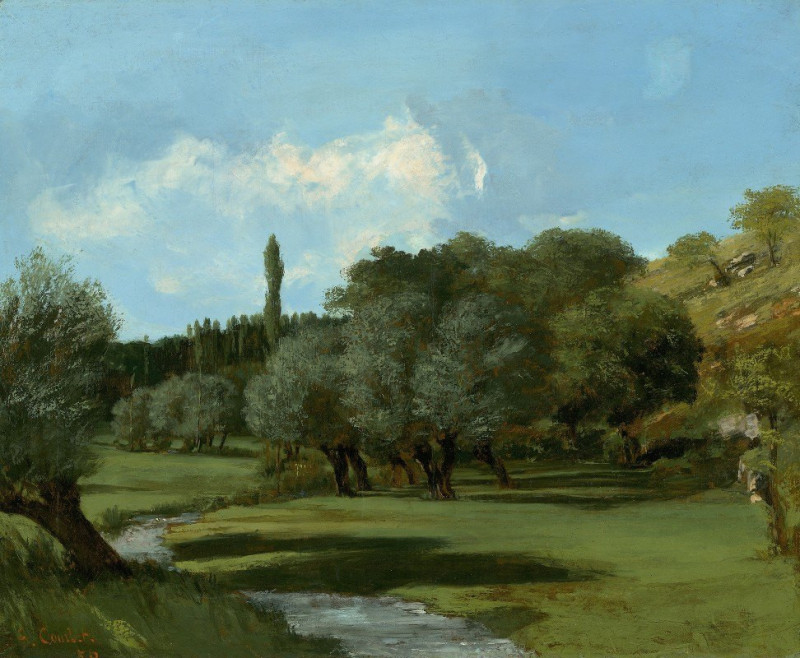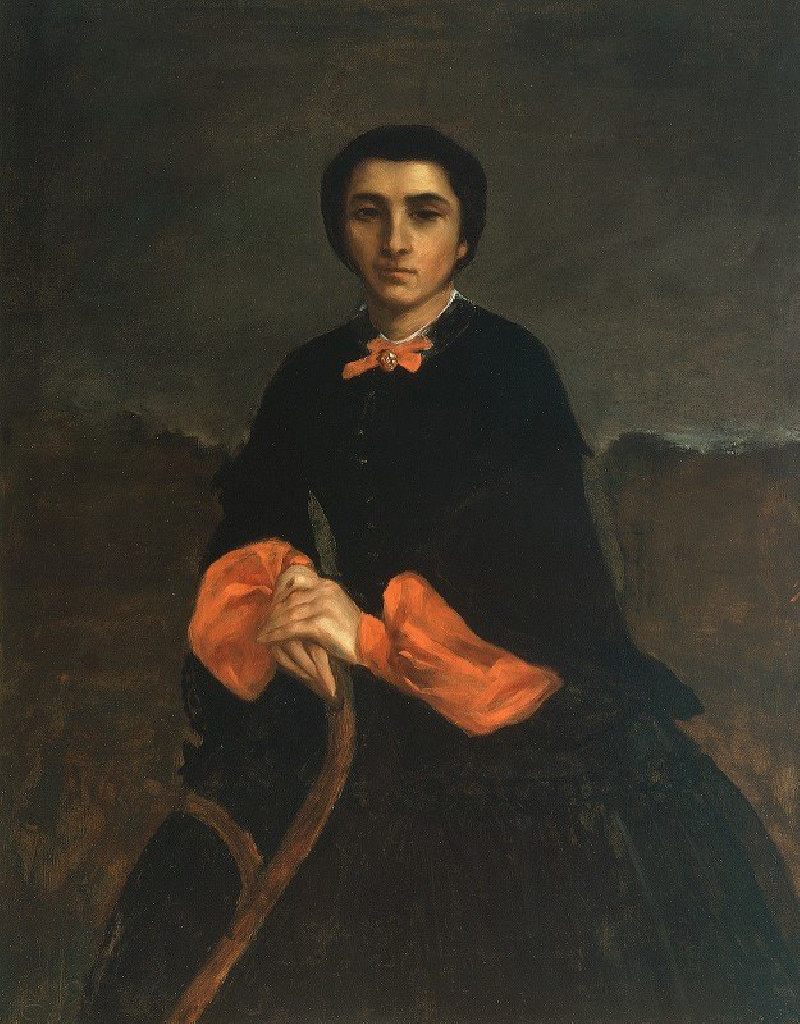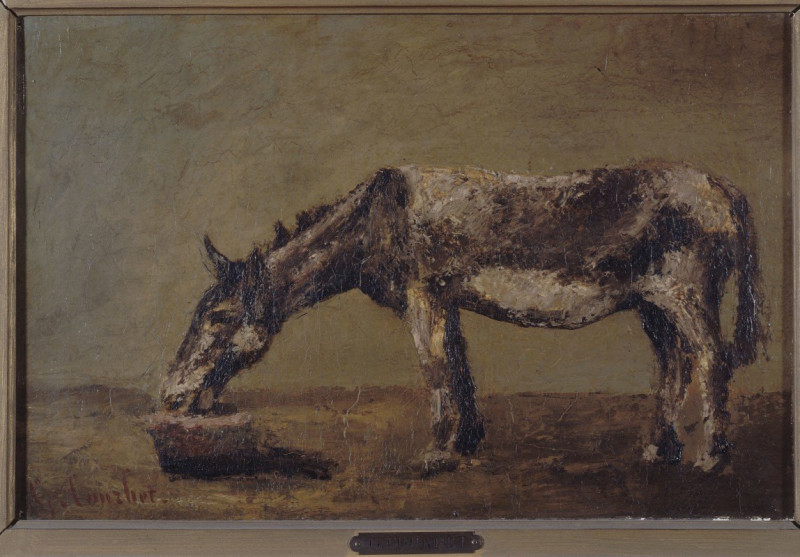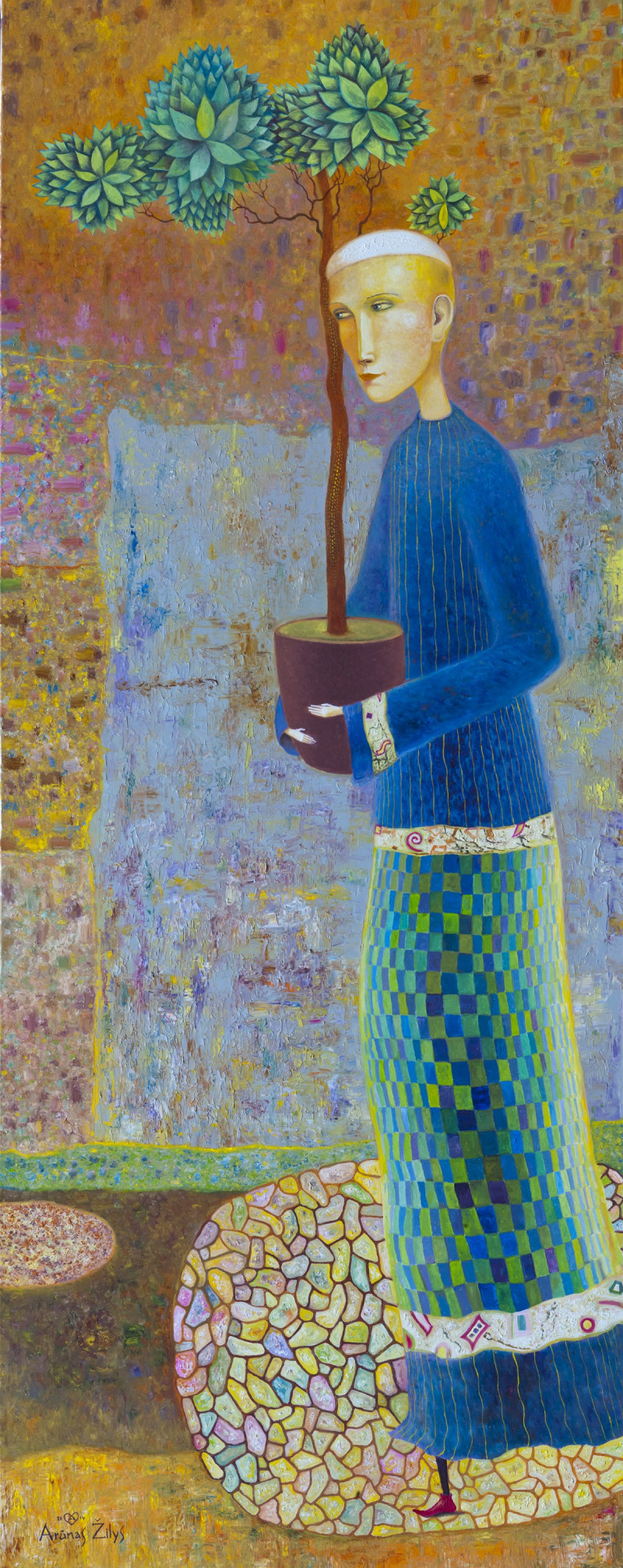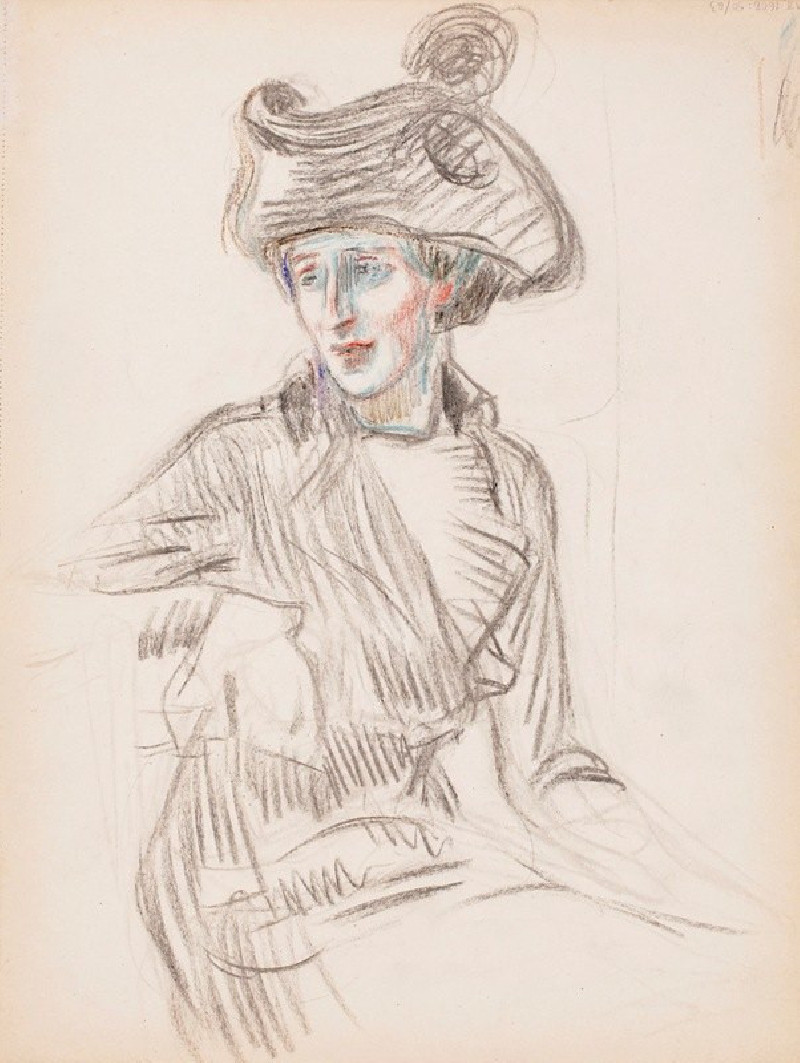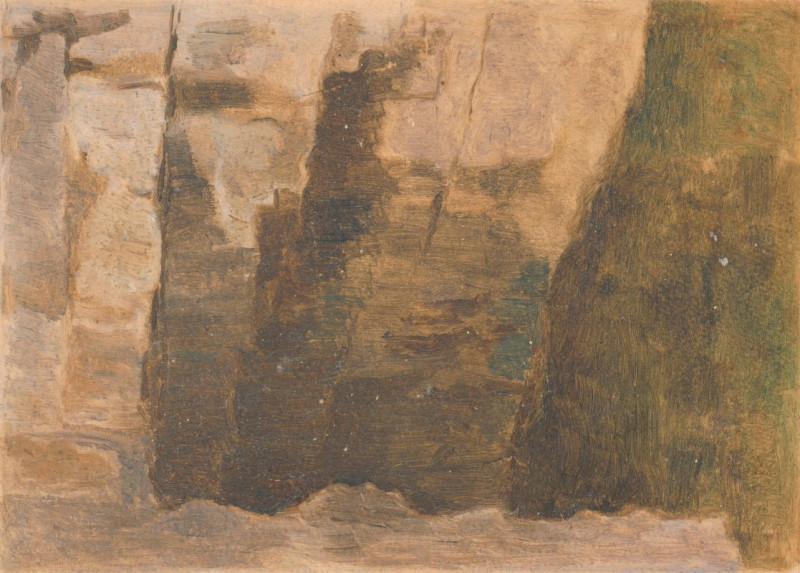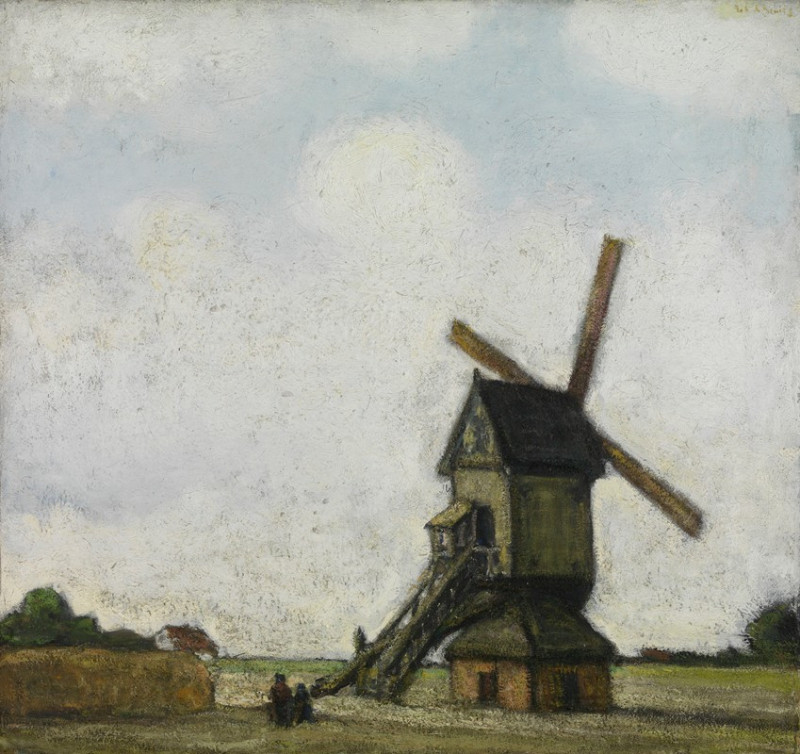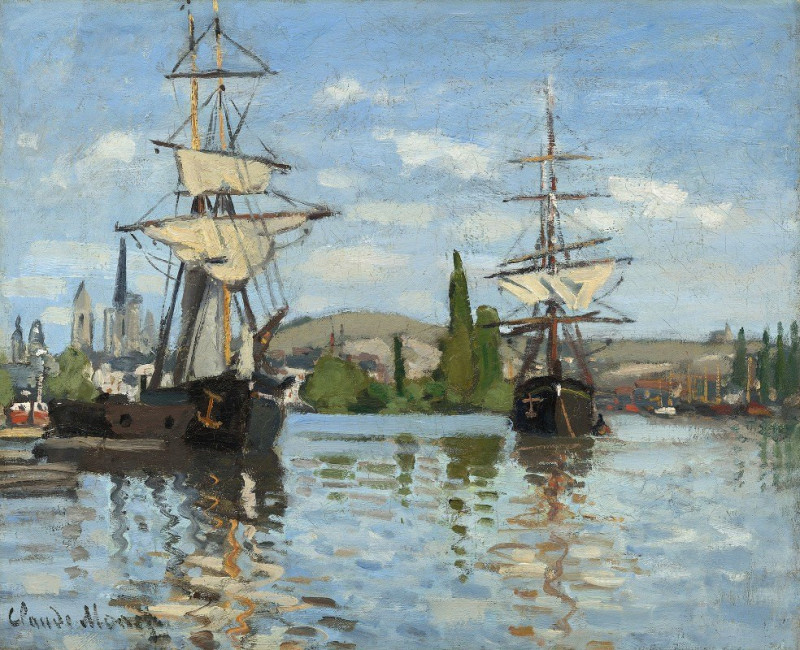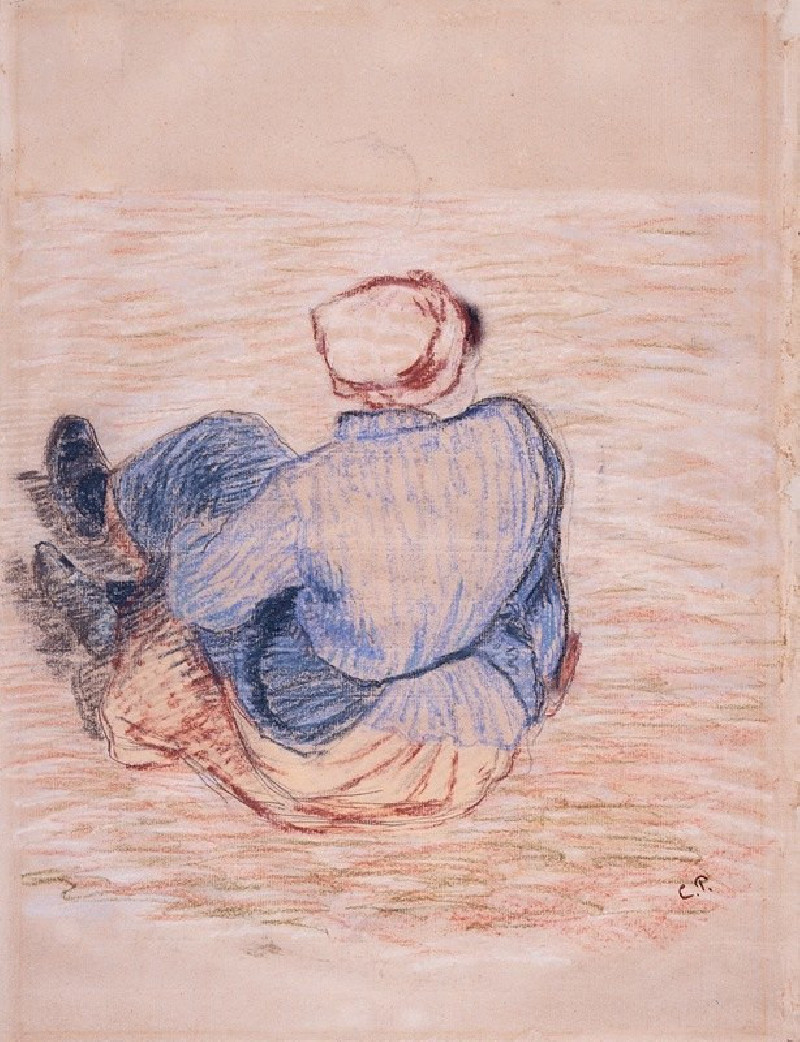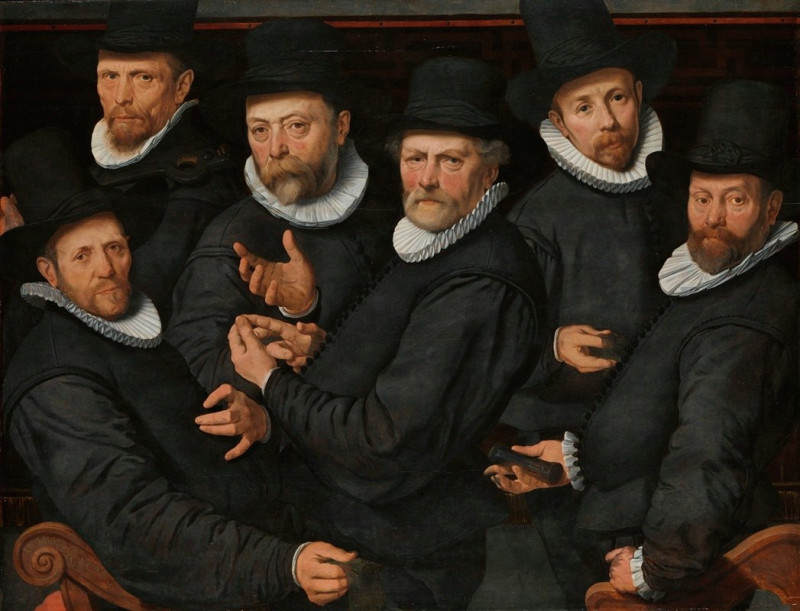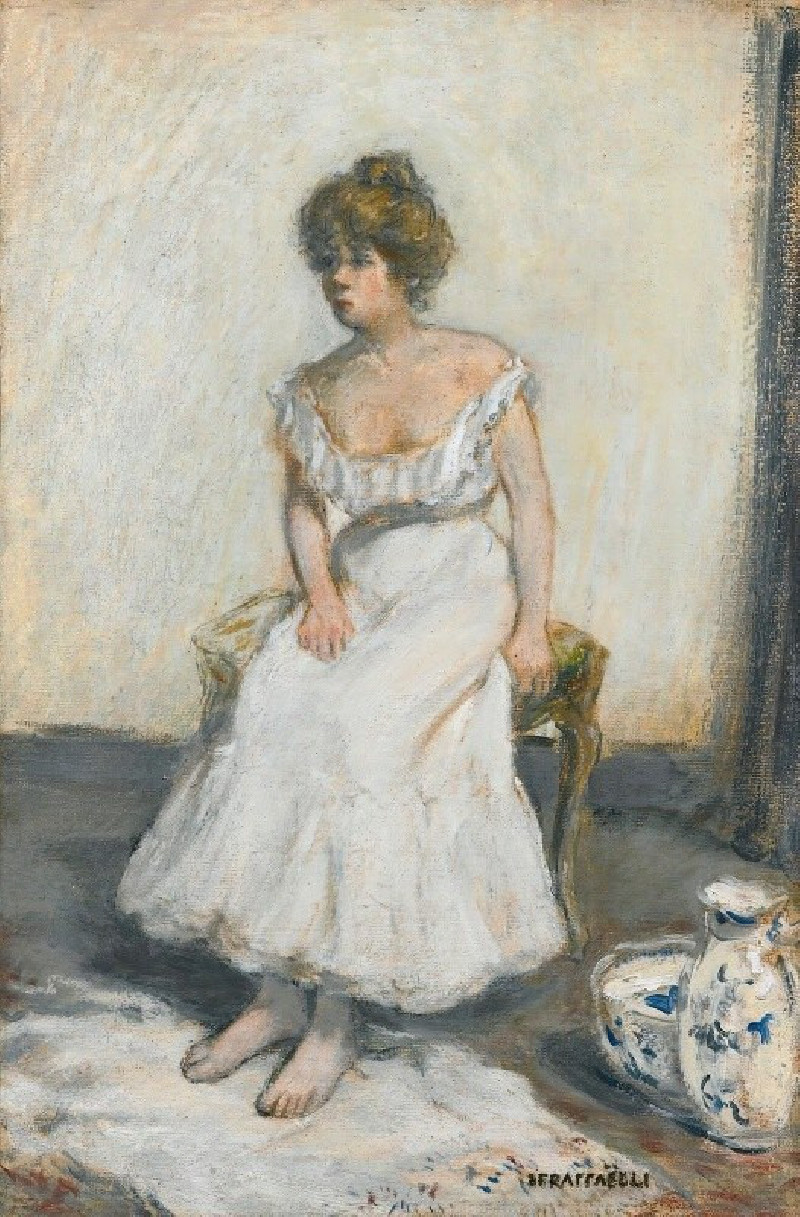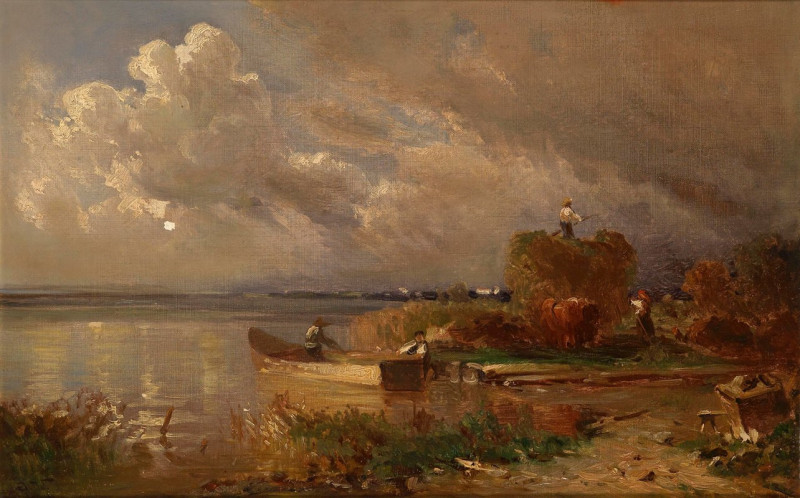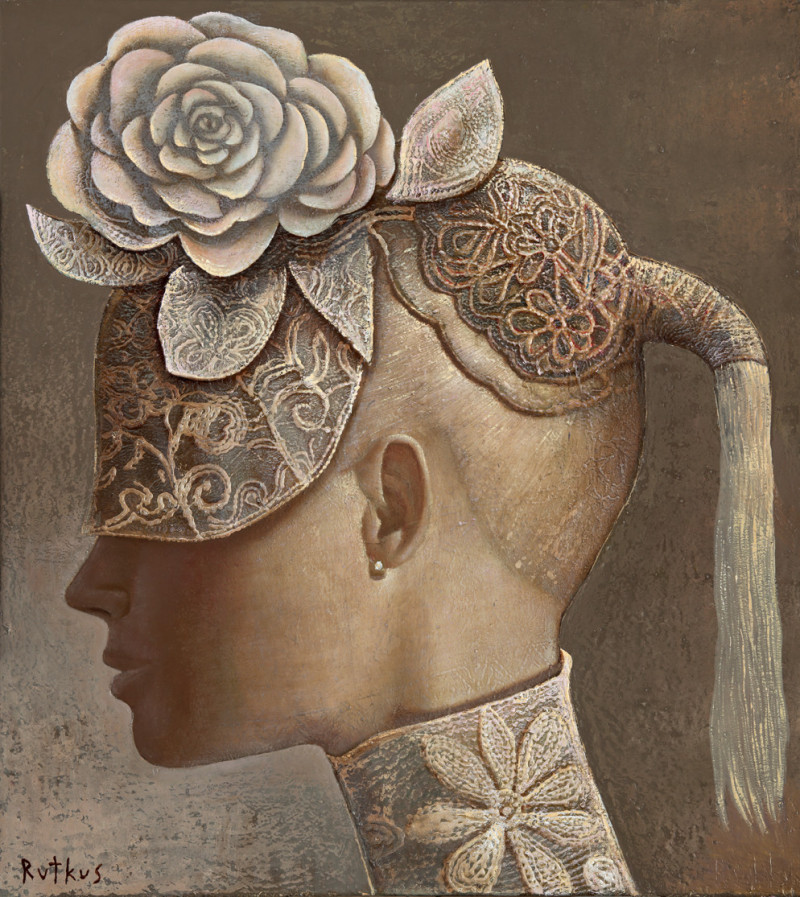Panoramic View of the Alps, Les Dents du Midi (1877)
Technique: Giclée quality print
Recommended by our customers
More about this artwork
Dive into the breathtaking landscape of Gustave Courbet’s "Panoramic View of the Alps, Les Dents du Midi," a masterpiece born in 1877 that captures the rugged beauty of the Swiss Alps. With an exquisite blending of realism and romanticism, Courbet transports his viewers to a serene yet sublime alpine environment.The painting features a dramatic, sweeping view of the Dents du Midi mountain range, prominent peaks in the Swiss Alps known for their piercing and jagged formations. These towering mountains are shrouded in a mix of shadows and light, showcasing Courbet's deft skill in rendering the textures of rock and snow, and the subtle interplay of light across these natural forms. Below these majestic peaks, the placid, dark waters of a lake calmly reflect the grandeur overhead, adding a solemn depth to the scene.In the foreground, Courbet introduces a touch of vibrant life amidst the wild tranquility. A cluster of cows nestles in the lush, green flora scattered with light and shadows, possibly seeking respite by a small lake. This pastoral scene contrasts with the looming, untamed mountains, highlighting the harmonious coexistence of domestic life with untamed nature.This panorama is not just a display of natural beauty, but a profound meditation on the awe-inspiring power of the landscape. Each brushstroke builds an atmosphere of awe and respect towards the natural world, marking this work as a significant contribution to landscape painting.
Delivery
Returns
Jean Désiré Gustave Courbet (10 June 1819 – 31 December 1877) was a French painter who led the Realism movement in 19th-century French painting. Committed to painting only what he could see, he rejected academic convention and the Romanticism of the previous generation of visual artists. His independence set an example that was important to later artists, such as the Impressionists and the Cubists. Courbet occupies an important place in 19th-century French painting as an innovator and as an artist willing to make bold social statements through his work.




